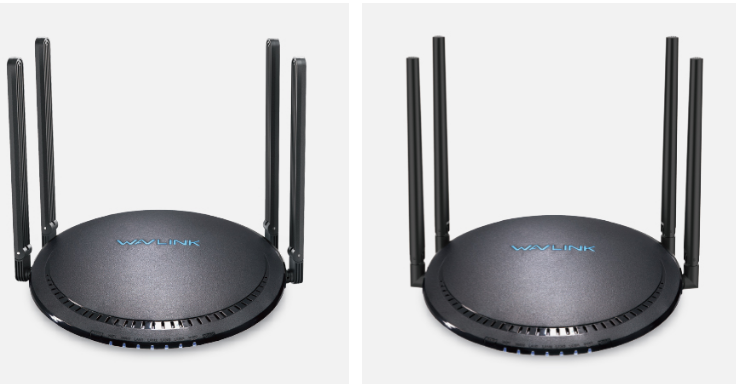Wi-Fi extenders, such as the AX1800 models, are designed to improve the range and performance of your wireless network. However, it can be frustrating when your Wi-Fi extender performs worse than expected. In this article, we will explore the reasons behind the decline in performance of AX1800 Wi-Fi extenders and provide insights on how to address these issues.
- Signal Interference
One of the primary factors contributing to the deterioration of Wi-Fi extender performance is signal interference. AX1800 extenders operate on both the 2.4 GHz and 5 GHz frequency bands, which are susceptible to interference from neighboring networks, electronic devices, and physical obstacles.
To mitigate this issue, it is crucial to identify and eliminate sources of interference, select optimal channels, and ensure that the extender is placed in a location with minimal obstructions.
- Placement of the Extender
The placement of your AX1800 Wi-Fi extender plays a vital role in its performance. If the extender is positioned too far from the main router, it may struggle to establish a stable and strong connection, resulting in slower speeds and unreliable connectivity.
To address this concern, consider relocating the extender to a position where it can receive a strong signal from the router while still providing adequate coverage to the desired areas. Experimenting with different placement options can help optimize the extender’s performance.

- Firmware Updates
Outdated firmware can lead to performance issues in Wi-Fi extenders. Manufacturers frequently release firmware updates to enhance compatibility, security, and overall functionality. Failing to keep the extender’s firmware up to date may hinder its performance.
To ensure your AX1800 Wi-Fi extender operates at its best, regularly check for firmware updates and apply them as needed. This simple step can resolve many performance-related problems.
- Network Congestion
Network congestion occurs when numerous devices simultaneously connect to the same Wi-Fi network, overwhelming its capacity and causing slower speeds. Even advanced AX1800 extenders can be affected by network congestion if too many devices are connected simultaneously.
To alleviate network congestion, you can invest in a high-quality router capable of handling a greater number of concurrent connections. Additionally, implementing Quality of Service (QoS) settings to prioritize critical devices and applications can help ensure a smoother experience.
- Configuration Errors
Configuration errors can significantly impact the performance of AX1800 Wi-Fi extenders. Incorrect settings, such as suboptimal channel selection or security misconfigurations, can hinder their effectiveness.
To address configuration errors, carefully review the extender’s user manual and ensure that all settings are correctly configured for optimal performance. Double-checking your settings can make a substantial difference in Wi-Fi extender performance.
Conclusion
In summary, the decline in performance of AX1800 Wi-Fi extenders can be attributed to various factors, including signal interference, improper placement, outdated firmware, network congestion, and configuration errors. To improve the performance of your extender, it is essential to address these issues systematically. By identifying and mitigating sources of interference, optimizing the extender’s placement, keeping firmware up to date, managing network congestion, and ensuring correct configuration, you can maximize the capabilities of your AX1800 Wi-Fi extender and enjoy faster, more reliable Wi-Fi connectivity throughout your home or office.